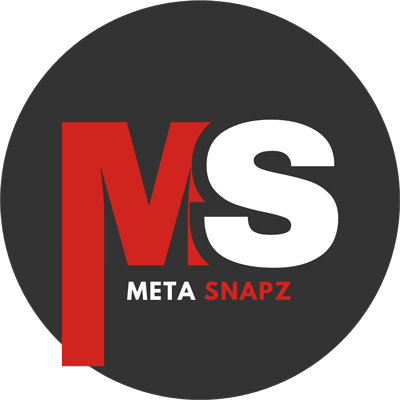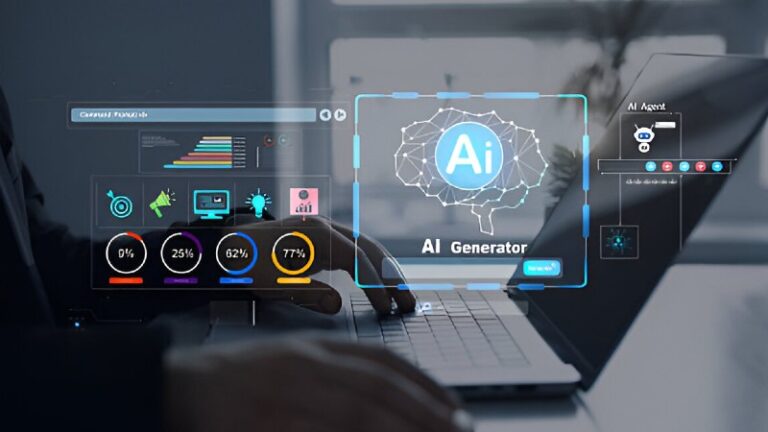What is Generative AI in Content Creation?
Generative AI refers to machine learning models that can create new content text, images, audio, or video by learning patterns from existing data. Tools like ChatGPT, Jasper, DALL·E, and MidJourney are already being used to generate articles, marketing copy, visuals, and even computer code.
Unlike traditional automation, generative AI doesn’t just replicate it produces original outputs based on prompts. For example, Netflix uses AI to experiment with personalized movie trailers, while Buzzfeed leverages it for custom quizzes and recipe generators. These examples illustrate a new wave of creativity powered by machines, yet guided by humans.
The Dual Promise of Generative AI
Generative AI offers two powerful but sometimes conflicting advantages:
- Scale: AI can produce thousands of content variations instantly, making it possible to test, iterate, and distribute material at a pace no human team could match.
- Personalization: By analyzing user data, AI can tailor messaging to individual preferences, boosting engagement and relevance.
The challenge for content creators is ensuring that this scale does not come at the expense of brand voice, emotional resonance, and originality.
From Automation to Orchestration
Many discussions frame AI as a replacement for human creativity, but a more useful lens is to see it as an orchestration layer. Instead of humans doing every task manually, AI becomes a collaborator that drafts, refines, and optimizes content, while humans act as directors of creativity.
Why This Matters
Without orchestration, organizations risk drowning in formulaic, generic content. With orchestration, companies can:
- Maintain brand voice consistently across multiple formats
- Ensure compliance with regulatory requirements
- Blend human originality with machine efficiency
Applications Across Industries
1. Marketing and Advertising
Generative AI is now central to marketing. Tools like Jasper help companies create SEO-optimized blogs, social media posts, and ad copy. For instance, Heinz used AI-generated ketchup visuals in its advertising campaign, reinforcing the brand’s identity in a creative way.
2. Journalism and Media
News organizations are experimenting with AI-generated reporting. Google has tested services for automating financial and sports news summaries, while the BBC and Bloomberg have published stories partly written by AI. However, human editors still play a vital role in ensuring accuracy and editorial integrity.
3. Entertainment
From personalized trailers on Netflix to AI-assisted music composition, the entertainment industry is tapping into generative AI to deliver experiences that feel tailored to each viewer or listener.
4. Enterprise Knowledge Management
Companies like Morgan Stanley are using generative AI to transform internal knowledge systems, allowing employees to query massive text databases and receive contextual answers. This reduces time spent searching and increases productivity.
Key Challenges in AI-Driven Content
Despite its promise, generative AI comes with risks that content professionals must actively manage:
- Hallucinations: AI sometimes generates incorrect or misleading information.
- Copyright ambiguity: Questions remain about who owns AI-generated outputs.
- Brand dilution: Formulaic or inconsistent content can weaken trust.
- Bias: Since AI learns from existing data, it can replicate societal biases present in training material.
Statistics That Highlight the Shift
| Metric | Value | Source |
|---|---|---|
| Predicted share of online content created by AI (by 2025) | 90% | Industry Estimates |
| Projected generative AI market size (2030) | $356 billion | Market Research Reports |
| Enterprise adoption of AI tools for marketing (2023) | Over 60% | Deloitte Survey |
Governance and Human-in-the-Loop Models
The next stage of AI-driven content creation isn’t just about more automation it’s about governance, accuracy, and integration. Companies like Contents, an Italian AI startup, are already addressing these gaps by focusing on:
- Seamless integration with enterprise workflows
- Consistency in brand tone and voice
- Fact-checking through connections to trusted data sources
- Human approval checkpoints to ensure quality
Actionable Strategies for Businesses
- Adopt a hybrid approach: Use AI for ideation and drafting, but ensure human oversight for final outputs.
- Invest in training: Equip teams with skills in prompt engineering and AI evaluation.
- Establish governance policies: Define rules for copyright, compliance, and brand safety.
- Experiment and iterate: Treat AI as a creative partner by running A/B tests and refining prompts.
Conclusion
Generative AI is transforming content creation, not by replacing humans but by redefining the creative process itself. The winners in this new landscape will not simply be those who automate the fastest but those who orchestrate most effectively—combining AI’s scalability with human creativity, authenticity, and governance.
In short, generative AI is not just a content factory. It’s a catalyst for a new era of augmented creativity, where the human imagination remains at the core, amplified by the speed and scale of intelligent machines.
Frequently Asked Questions (FAQs)
How is generative AI used in content creation?
Generative AI is used to automate text, images, audio, and video creation. Businesses apply it in marketing, journalism, entertainment, and enterprise knowledge management to boost efficiency and personalization.
Will generative AI replace human content creators?
No. Generative AI is best seen as a collaborator. It helps with scale and speed, but human oversight ensures originality, emotional depth, and brand authenticity.
What are the risks of using generative AI for content?
Risks include AI hallucinations (false information), copyright ambiguity, brand inconsistency, and the spread of biased or misleading content.
How can businesses ensure AI-generated content aligns with their brand?
Businesses can implement governance policies, train AI models with brand-specific data, and adopt a human-in-the-loop approach to review and approve AI outputs.
What does the future of AI content creation look like?
The future will focus on governance, compliance, and integration. Enterprises will adopt hybrid models where AI handles drafting and optimization while humans ensure quality and ethical standards.


